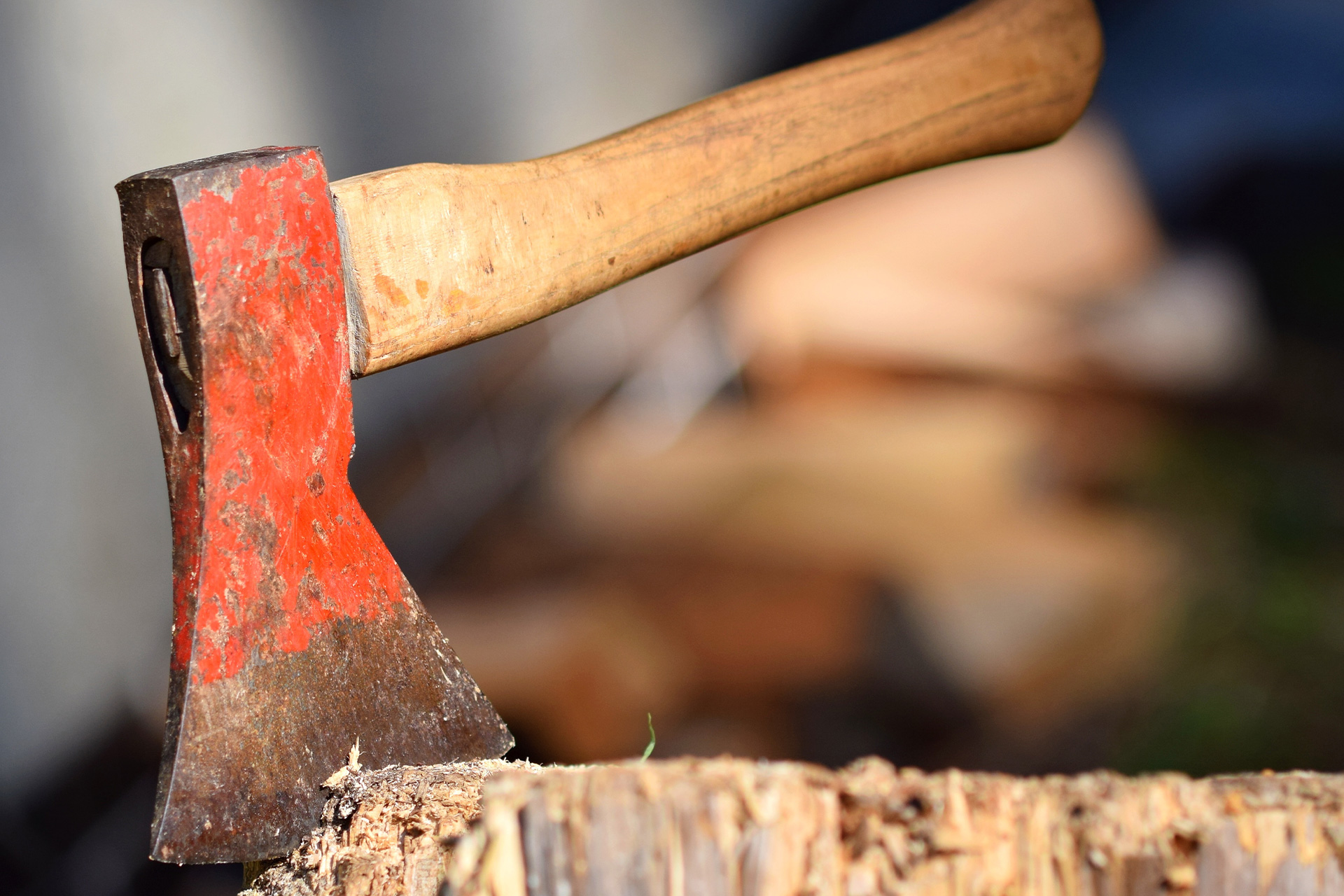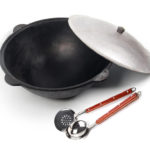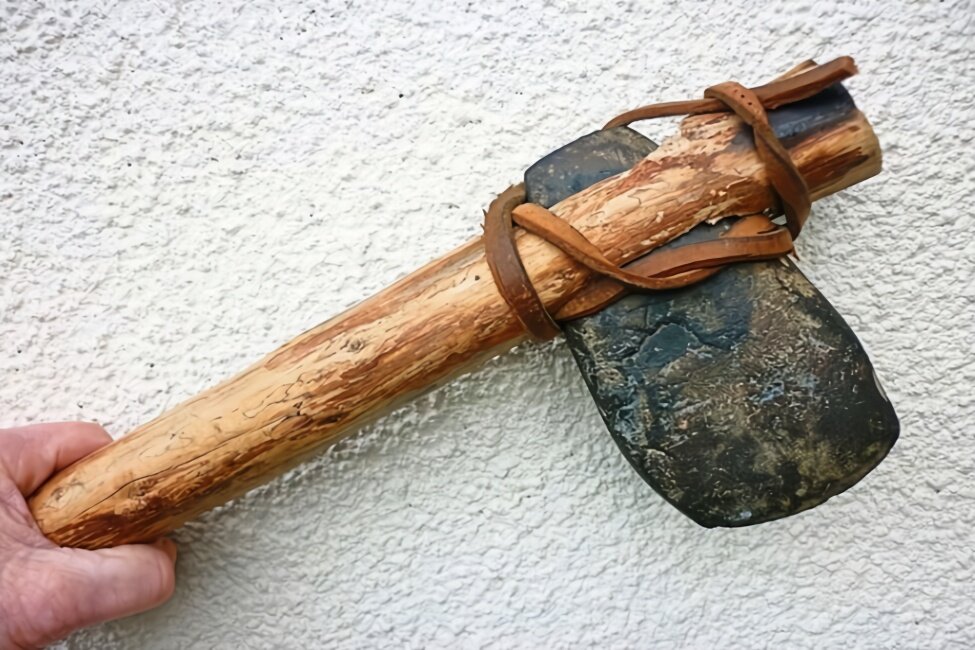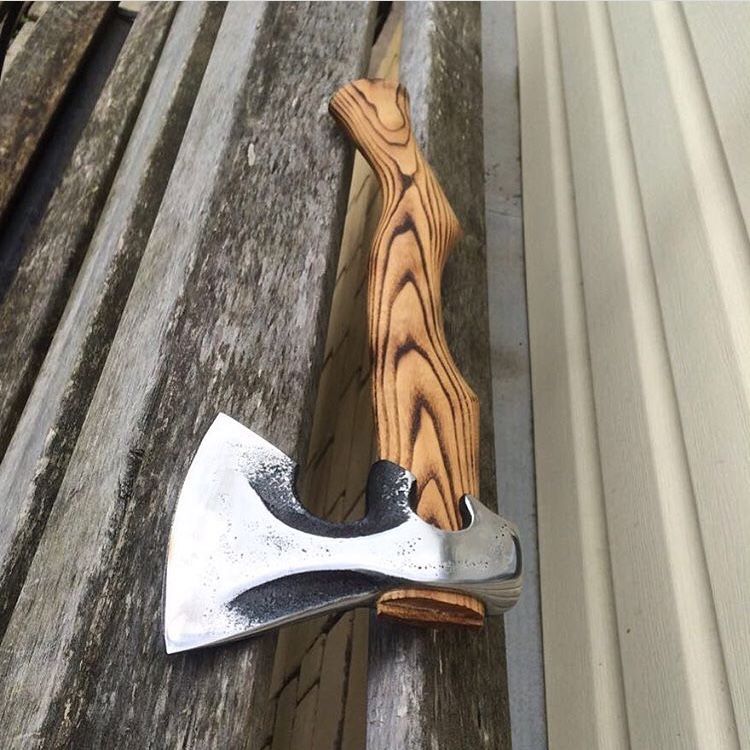How to clean an ax from rust
Axes, like any other tool, can also become rusty from time to time. A common reason is improper storage. However, it is quite possible to solve the problem at home - almost any ax can be cleaned of rust by using one or another technique.

The content of the article
Mechanical cleaning
In this way it will be possible to remove the corroded top layer. To do this, you need:
- a brush with metal bristles;
- sandpaper - you need coarse and finer sandpaper;
- grinding wheel powered by electricity.
Using a brush, get rid of the top layer affected by corrosion. If available, then instead of hand tools, you can use a drill equipped with a wire attachment for grinding.
Coarse sandpaper is useful for cleaning difficult areas. A sharpening stone will remove defects formed on the blade, and fine-grained sandpaper will polish it. This method of cleaning is called superficial. However, if you want the appearance of the ax to be like a new tool, it is necessary to carry out deeper processing.
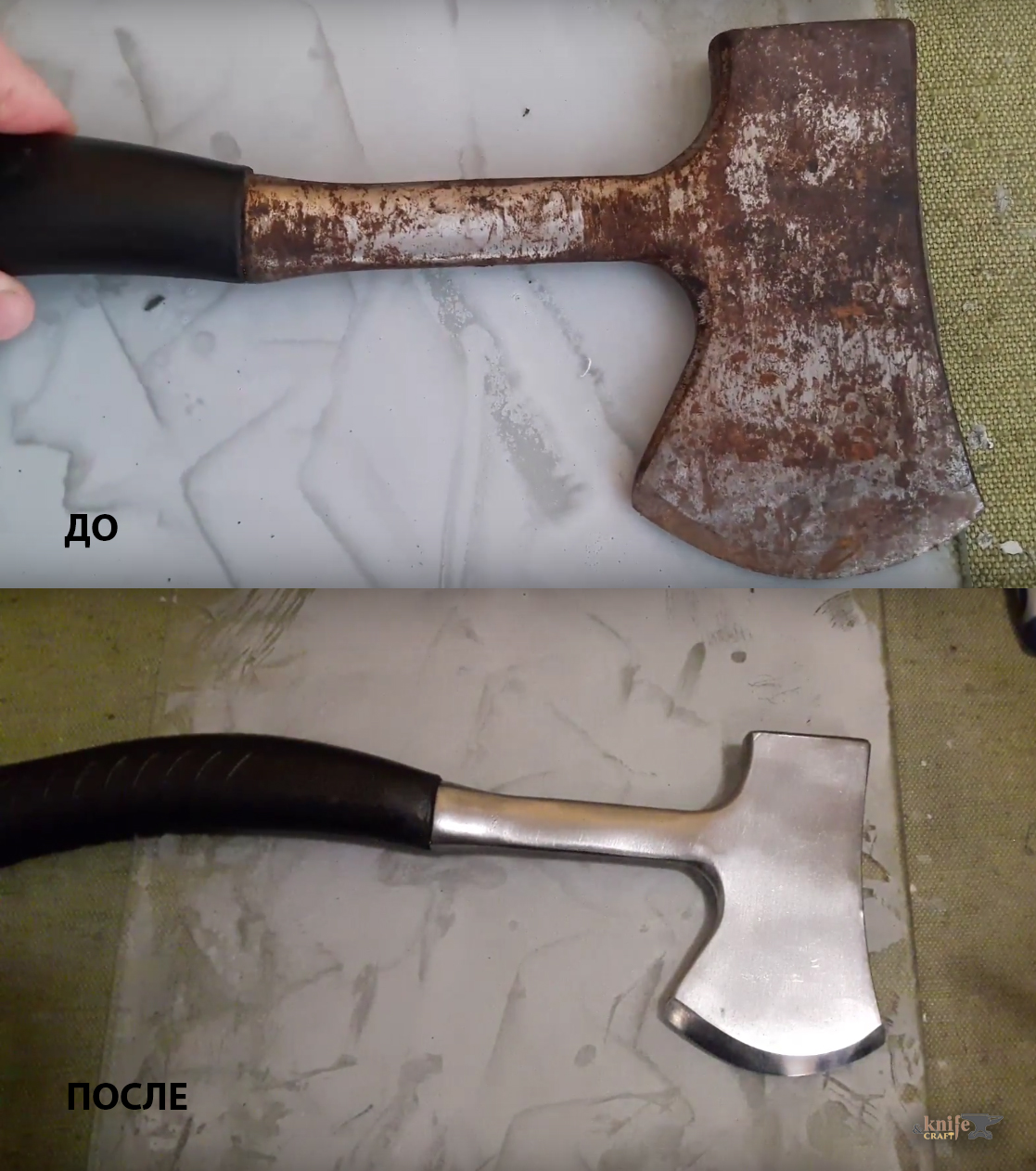
Cleaning rust from electrolysis
This method can be called one of the most affordable, and at the same time it is effective. For the cleaning procedure to bring results, the main thing is to follow the procedure and be careful.
Required:
- current source - it is important that it has a low voltage;
- degreaser;
- soda - only soda ash or caustic;
- plastic container - it is important that it is small in volume, because excess liquid will increase the duration of the procedure;
- unnecessary stainless steel - rust will transfer to this element;
- two wires.
The process should be carried out as follows:
- The surface of the instrument is degreased.
- Then you should connect it to one of the wires, and the prepared piece of iron, which will “collect” rust, to the second.
Attention! It is important that the polarity is chosen correctly - the ax is attached to the minus, i.e. to the cathode. Otherwise, the reverse process will begin, and the instrument may become completely unusable.
- Pour an alkaline solution into the container - 1 tbsp. l. soda per liter of water - so that the structure is completely covered.
- Plug it in and leave it for a while - the duration depends on the depth of the lesion and is approximately 2-8 hours.
The result of using this method is that all the rust will transfer from the tool to the unnecessary iron object. A black coating may appear on the ax itself. It is easy to get rid of it by using a solution of citric acid heated to high temperature.
It was mentioned that too much water slows down the reaction. But increasing the voltage has the opposite effect, i.e. it speeds up the process. Under such conditions, the liquid begins to boil strongly. In this case, hydrogen is released more actively. This gas is poisonous and explosive, especially if stainless steel is used to absorb the rust. Because of this, it is better to carry out the procedure not indoors, but outdoors.
The main advantage of the method is that there is no risk of damage to the metal.Even very thin iron can be processed.
How to remove rust
You can also remove traces of corrosion using chemicals. It includes:
- rust converter;
- gasoline or other fuel;
- hydrochloric acid;
- soda;
- peroxide.
The main active substance of the first remedy is phosphoric acid. Iron oxide dissolves in it very quickly. Additional substances included in the converter (depending on the manufacturer, they may be different) cover the product being processed with a reliable protective layer that prevents the re-formation of corrosion.
Kerosene or other fuel may be recommended for minor lesions. A corroded item should be soaked in one of these products. You need to wait several hours, and sometimes days. Finally, all that remains is to wipe off the residue.
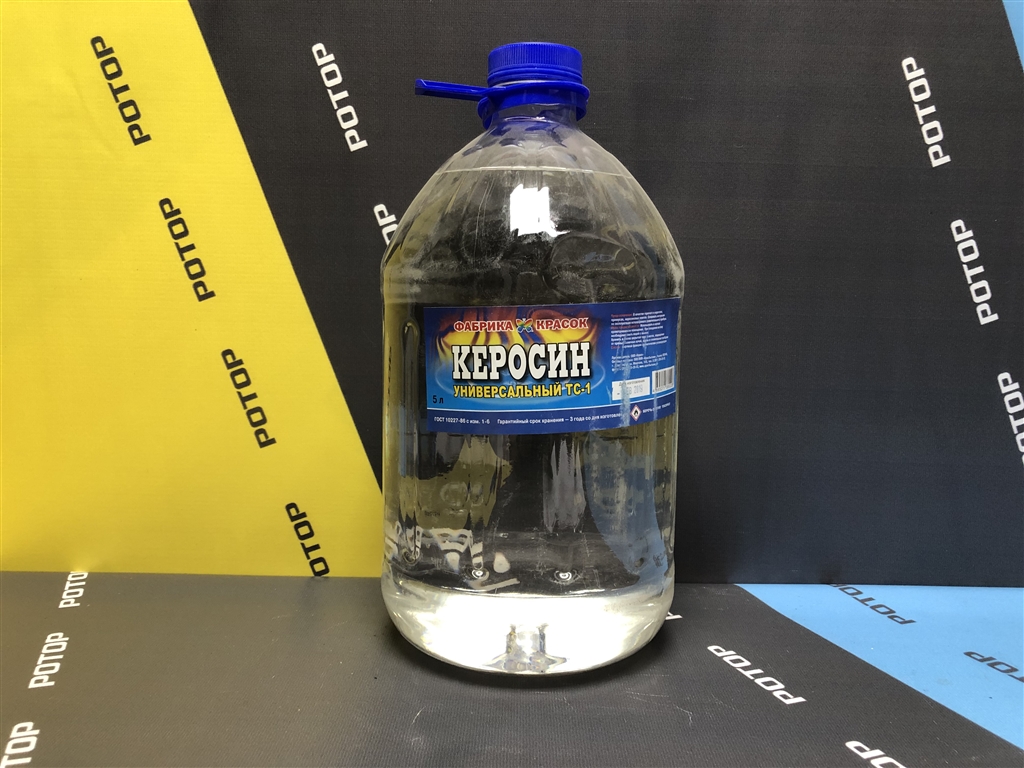
Hydrochloric acid is effective in combating traces of corrosion. In order not to harm the instrument itself, it is recommended to add Urotropin to its solution (from 3 to 10%). Dosage - 1 tablet per 0.5 liter.
If you use soda, it must contain phosphoric acid. The “leader” in terms of its content is Coca-cola, slightly less in Pepsi or Sprite. You need to immerse the rust-covered object in soda and bring it to a boil. The result will be the same as from using a converter, because the active substance is the same.

If you first treat the instrument with peroxide, subsequent mechanical cleaning will be easier.
Preventing rust formation
To prevent corrosion of any metal product, it is necessary that its surface has less contact with oxygen. Ideally, the product will be treated with a rust converter.
A good option is to regularly coat the tool with machine oil; any edible fat will do - lard, sunflower oil, etc. As an option, you can paint it, but the paint layer wears off quite quickly during use.
